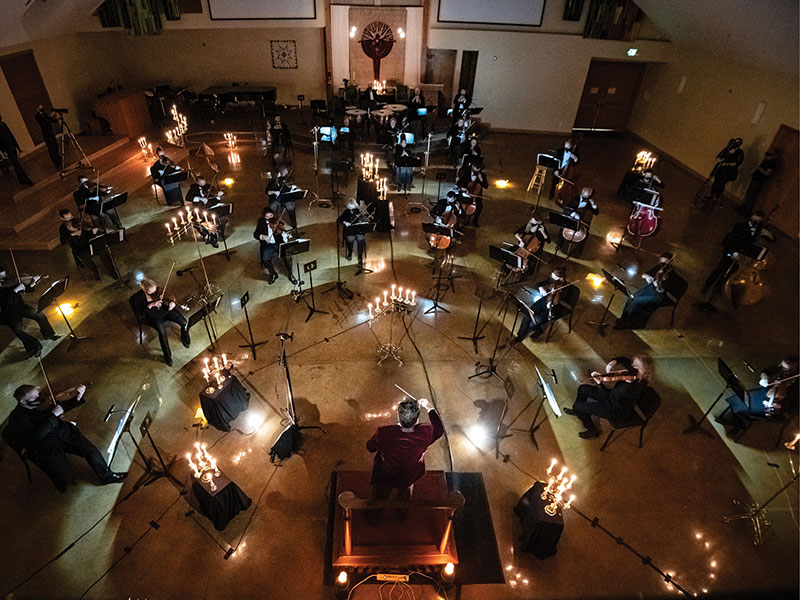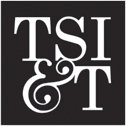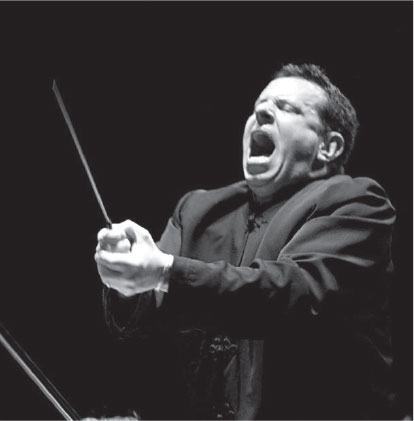Saturday, 13 November 2021
7:30 p.m. MDT
St. Paul’s United Methodist Church
Watch live on YouTube.
Saturday, 13 November 2021
Acclaimed Russian Pianist Anna Kislitsyna brings Haydn’s graceful and intimate Piano Concerto to life, and the HSO performs a comedic overture by opera composer Domenico Cimarosa along with Mozart’s first symphonic masterpiece – his sparkling Symphony No. 29 – all by candlelight.
Currently in his nineteenth season as Music Director of the Helena Symphony Orchestra & Chorale, Maestro Allan R. Scott is recognized as one of the most dynamic figures in symphonic music and opera today. He is widely noted for his outstanding musicianship, versatility, and ability to elicit top-notch performances from musicians. SYMPHONY Magazine praised Maestro Scott for his “large orchestra view,” noting that “under Scott’s leadership the quality of the orchestra’s playing has skyrocketed.”
About the Guest Artists
Keeping You Safe in the Concert Hall
Due to the recent increase in COVID-19 cases and new variants emerging in Lewis and Clark County and the United States, the Helena Symphony will take necessary precautions to keep our musicians, staff, and audience protected. The Helena Symphony will continue to follow CDC guidelines throughout Season 67 and monitor the daily transmission rates within our county. When the transmission rate is high or substantial, audience members will be required to wear a mask while in the concert hall. On concert nights when the transmission is moderate or low, individuals will be encouraged to wear a mask, but are not required to do so.
Each member of the Helena Symphony Orchestra & Chorale will be tested prior to rehearsals and prior to each concert. This will ensure each musician present on stage is negative for COVID-19. The Helena Symphony will continue to work closely with the county health department and the city of Helena throughout the Season to ensure the safety of our musicians, staff, and audience. If you have questions about how the Helena Symphony will be adapting to the evolving COVID-19 situation this Season, please call our office at 406.442.1860.
About the Program – By Allan R. Scott ©
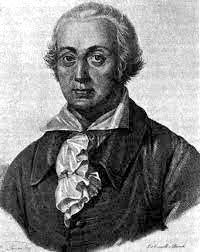
Parallel Events / 1793
George Washington begins second term as 1st U.S. President
Height of French Revolution & “Reign of Terror”
France’s King Louis XVI is executed
France declares war on Great Britain and Netherlands
France becomes first country to use metric system
U.S. passes Fugitive Slave Act, requiring return of escaped slaves
George Washington lays the cornerstone to U.S. Capitol building
Yellow Fever Epidemic in the U.S., killing 5,000 people
Eli Whitney applies for patent for his cotton gin
Founding Father John Hancock dies
First public zoo opens in Paris
DOMENICO CIMAROSA
Born: Aversa, Italy, 17 December 1749
Died: Venice, Italy, 11 January 1801
I Traci Amanti: Overture
The Overture to I Traci Amanti is scored for two oboes, bassoon, two horns, and divided strings.
Duration: 5 minutes
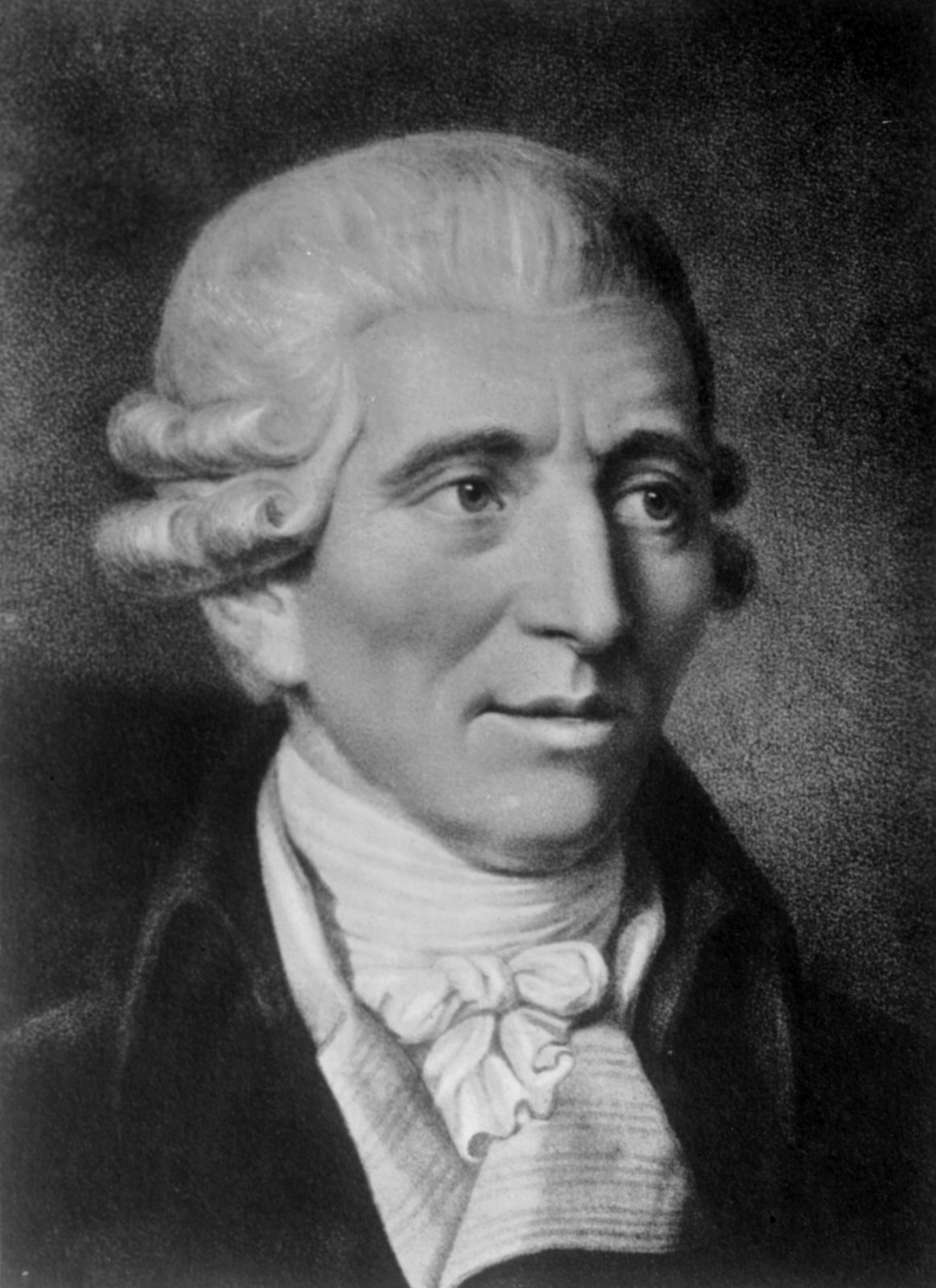
Parallel Events / 1784
U.S. Continental Congress ratifies the Treaty of Paris ending the War of Independence with Great Britain
U.S. creates framework to admit ten more territories (eventually states) north and west of the Ohio River
Bank of New York opens as New York’s first state bank
Methodist Episcopal Church in U.S. is established
Ottoman Empire agrees to Russia’s annexation of the Crimea
Benjamin Franklin invents bifocal spectacles
Mozart’s Violin Sonata in B-flat major premieres
Ireland launches first unmanned balloon flight
12th U.S. President Zachary Taylor and Nancy Hanks, the mother of Abraham Lincoln, are born
FRANZ JOSEPH HAYDN
Born: Rohrau, Austria, 31 March 1732
Died: Vienna, Austria, 31 May 1809
Piano Concerto in D major
Haydn’s Piano Concerto in D major is scored for solo piano, two oboes, two horns, and divided strings.
Duration: 18 minutes

Parallel Events / 1774
British Parliament imposes the Intolerable Acts on American colonies as punishment for the Boston Tea Party
First Continental Congress assembles in Philadelphia and adopts the Declaration of Rights
Louis XVI becomes King of France
Explorer Meriwether Lewis and Nurseryman Johnny Appleseed are born
French King Louis XV and Pope Clement XIV die
WOLFGANG AMADEUS MOZART
Born: 27 January 1756 in Salzburg, Austria
Died: 5 December 1791 in Vienna, Austria
Symphony No. 29 in A major, K. 201
Mozart’s Symphony No. 29 is scored for two oboes, two horns, and divided strings.
Duration: 28 minutes

